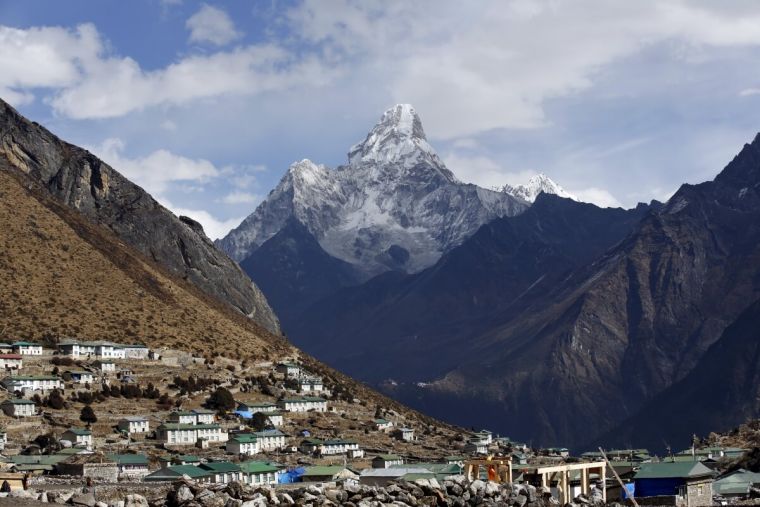Why does Nepal have one of the fastest growing Churches in the world?

Nepal has one of the fastest growing Christian populations in the world, according to figures on World Christian Database.
The Himalayan country had zero recorded Christians in the 1951 census. In 1961 that figure had grown to 458. However by 2001 there were nearly 102,000 and a decade later in 2011 that had more than tripled to 375,000.
Bishwa Mani Pokharel, news chief at Nepal's Nagarik newspaper said the figure was likely to be even higher, according to a report on NPR.
The extraordinary growth of the Church has been linked to Nepal's turbulent 20th century history. In 1950 Nepal was a Hindu kingdom closed to foreigners. However a civil war in the 1990s and the end of the monarchy in 2008 has meant the state has moved from a closed kingdom to a secular republic.
Proselytism remains illegal but this is rarely enforced. Christian groups have stepped in to the gaps is state social provision and many preach the gospel alongside their work.
Climbing for Christ (C4C) is one such charity who pledge to go "where others cannot or will not go".
"They found some sick people and broken families and talked to them and prayed for them, and miraculously these people were convinced and began to follow Christ," said Tej Rokka, pastor of the C4C partner ministry, Savior Alone Redeems Asians. "They distributed some food for the people, and clothes. Because of that, people began to listen to them."
The Hindu caste system may also provide an unintentional incentive to convert. People from lower castes suffer systematic discrimination and Christianity offers a way to escape.
"It's the only way out," says Gary Fallesen, C4C's founder and presient. "Socially there's nothing they can do to change that and then we come along and we share about Jesus and the love he has for them." The system still exists, Fallesen says, but no longer has power over them.
However, the country's leaders are not happy about this Christian boom. The release of the country's first constitution in September was clouded with debate over whether to return to a Hindu state.
When the parliament did eventually decide to promote a secular constitution, water cannon and tear gas were needed for police to dispel protesters.
While the official figure of 375,000 Christians is still tiny compared to the overall population of 27.8 million, the growth has been exponential and the freedom of religion clauses in the new constitution have encouraged the country's burgeoning church.











